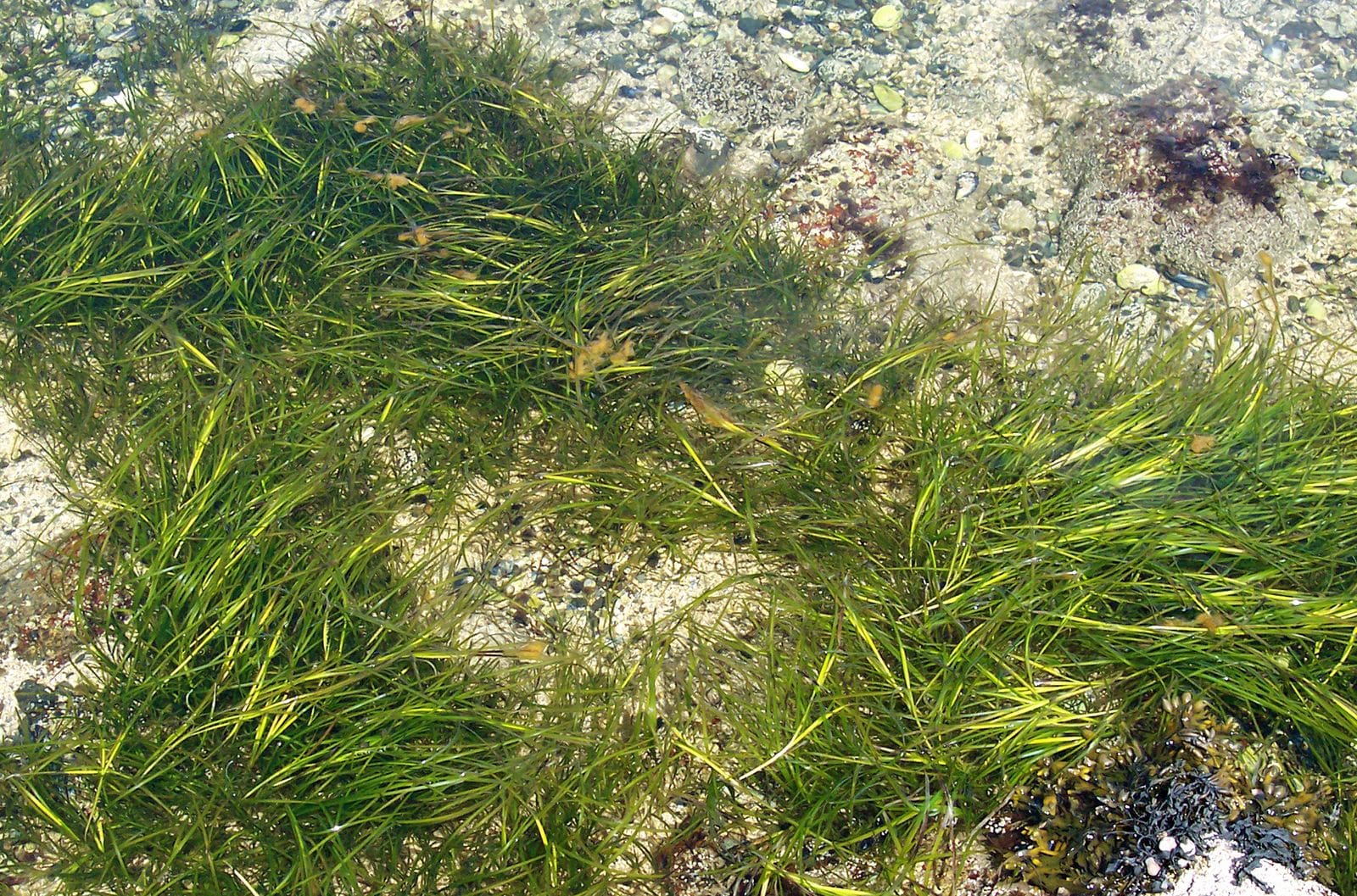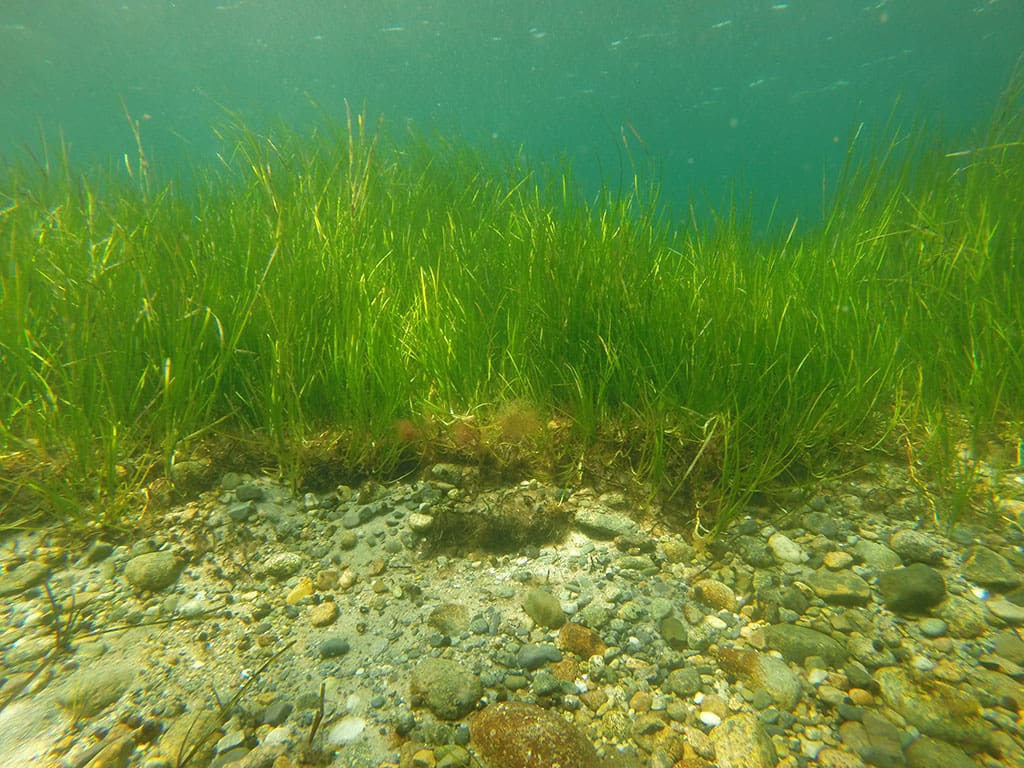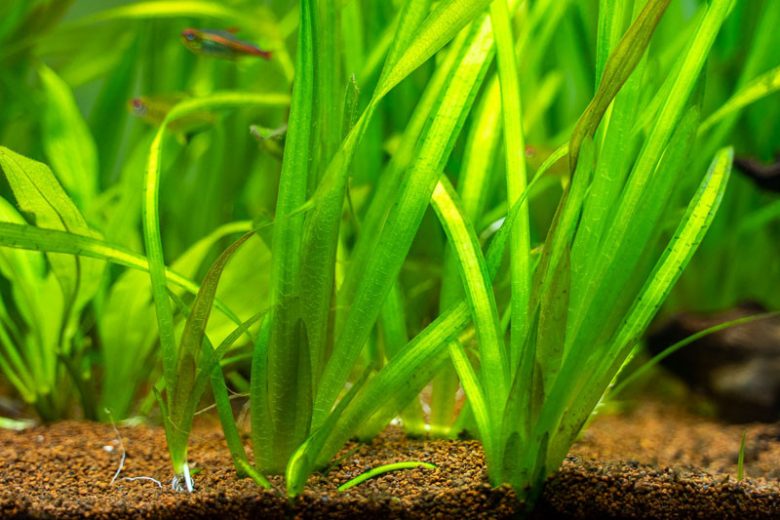Embarking on a journey through the waterways of the world, you may encounter numerous aquatic plants and amongst them, the formidable eelgrass. The term ‘eelgrass’ refers to various species of plants from the Zosteraceae family that grow in the marine environment. From the coastal regions to the intriguing depths of the world’s oceans, these magnificent species wield a massive influence on their residing ecosystems. Although commonly brushed aside or confused with seaweed, understanding the distinct characteristics, ecological functions, and conservation concerns surrounding eelgrass is paramount. This article serves as a comprehensive overview to enlighten you about the importance of this underwater botanical marvel.

Definition of Eelgrass
Eelgrass, regarded as an essential component of coastal marine environments, is an underwater plant species which belong to the family of flowering plants, Zosteraceae.
Scientific Name and Classification
The scientific name for eelgrass is Zostera marina. It falls under the classification of the family ‘Zosteraceae’ and the order ‘Alismatales’. This aquatic plant is part of the approximately 60-70 species of seagrasses that exist worldwide.
Physical Description
Physically, eelgrass resembles grass found on land with long, ribbon-like leaves that can grow up to 1 meter in length. The leaves are flat, slender with smooth edges and taper towards the tip. They vary in color from dark green to olive brown. The eelgrass plants are attached to the substrate by roots and rhizomes, and individual shoots are linked together by underground stems.
Habitat and Distribution
Eelgrass dwells in the temperate northern hemisphere, commonly found along the coasts of North America, Europe, and Asia. They grow in soft, muddy bottoms of protected coastal waters, such as bays, estuaries, lagoons and along slow-moving rivers. They prefer shallow, calmer waters where light can penetrate to support photosynthesis.
Life Cycle of Eelgrass
The eelgrass life cycle includes several complex stages from seed to mature plant.
Growth Stages
The eelgrass starts its life as a seed, which germinates into a seedling. Over time, it develops into a full-grown plant with complete root and leaf systems. As the plant matures, it sprouts new shoots laterally from its rhizome, expanding across the ocean floor.
Reproduction and Propagation
Eelgrass reproduces both sexually via flowering and seeds, and asexually through rhizome growth. During the spring period, the plant develops tiny, tightly curled inflorescences with flowers. Post-fertilization, a seed or ‘nutlet’ is formed, which later germinates into a new plant.
Life Span
The individual shoots of eelgrass have a relatively short lifespan, lasting from a few months to a year. However, the plant colony as a whole, formed by connections of rhizomes, can persist indefinitely, given favorable conditions, contributing to its extensive meadows.

Environmental Importance of Eelgrass
Eelgrass bestows immense benefits to the marine environment due to its ecological functions and services.
Role in the Ecosystem
Eelgrass beds provide critical habitat, spawning grounds and nursery areas for a myriad of aquatic species. The dense underwater meadows help in the stabilization of sediments, reducing coastal erosion. Additionally, they act as a critical component in the marine food chain.
Contribution to Water Quality
The dense bed of eelgrass helps in maintaining water clarity by filtering particles and excess nutrients from the water.
Carbon Sequestration
Eelgrass also captures and stores a significant amount of carbon dioxide, a global warming gas, from the atmosphere, thus, playing a key role in mitigating climate change.
Animal Interactions with Eelgrass
Eelgrass is an important resource for various marine and terrestrial animals.
Food Source for Aquatic Life
Eelgrass serves as a primary food source for a number of organisms such as small crustaceans, sea urchins, and fish.
Habitat for Few Species
The intricate Eelgrass meadows offer a safe and productive habitat for many species, providing them protection from predators and harsh environmental conditions.
Impact on Birds and Mammals
Various birds and mammals, such as ducks, geese, and sea turtles, rely on eelgrass for food. Some species of birds use eelgrass as a nesting material, while others, like the threatened sea otter, use them as a tool for catching food and resting.

Human Interactions with Eelgrass
Human interactions with eelgrass go back centuries, holding valuable cultural, economic, and ecological significance.
Traditional Uses by Indigenous Communities
Many indigenous communities have used eelgrass for various purposes. They use the resilient leaves for insulations, roofing, and weaving into mats and baskets.
Modern Uses
In modern times, eelgrass is used for ecological restoration, and even as packing material for seafood transport due to it’s natural antimicrobial properties.
Impact of Aquaculture and Fisheries
Eelgrass beds play a significant role in supporting commercial and recreational fisheries. However, intense harvesting by commercial fisheries and the physical impact of aquaculture practices can degrade these habitats.
Threats to Eelgrass Populations
Eelgrass populations are facing serious threats that impact their survival and function.
Pollution and Water Quality Decline
The input of pollutants into coastal waters degrades the water quality, affecting the overall health and growth of eelgrass. They are highly sensitive to light, and turbidity from nutrient pollution and sediments can limit the light availability, leading to mass mortality events.
Climate Change Impact
Climate change spells trouble for eelgrass with increasing temperature and ocean acidification hampering their growth. Rising sea levels also pose a significant threat by altering the depth and light conditions.
Physical Disturbances
Human activities like dredging, boat anchoring, coastal construction, and bottom trawling can physically destroy or alter eelgrass habitats.

Conservation of Eelgrass
Conserving eelgrass populations is paramount for the health of marine ecosystems.
Conservation Efforts Worldwide
Many countries have implemented protective legislation and management plans to preserve and conserve this important resource. Several areas globally have been declared as protected marine areas to shield eelgrass meadows from destruction.
Restoration Projects
Numerous restoration projects are underway worldwide to recover lost eelgrass habitats. These projects involve techniques like seed broadcasting, transplanting, and Biodegradable burlap matting to restore and enhance eelgrass populations.
Importance of Public Awareness
Public education and awareness is a crucial part of eelgrass conservation. Enlightening people about the importance of eelgrass and the threats they face can spur individual and community actions to protect these ecosystems.
Research and Studies on Eelgrass
Scientific exploration and research on eelgrass is playing a vital role in its understanding and preservation.
Historical and Ongoing Research
Traditionally, research has focused on understanding the biology, distribution, and environmental requirements of eelgrass. Recent studies are increasingly focusing on the ecosystem services, pollutant impacts, and climate change vulnerability of this seagrass.
Key Findings and Discoveries
Key discoveries include the findings of the extensive role of eelgrass in carbon sequestration and its impact on enhancing fisheries. It has also been found that eelgrass populations are rapidly declining due to human-induced changes.
Future Research Prospects
Future research holds promises of better management strategies, improved understanding of climate change impacts, and potential use of eelgrass in mitigation and adaptation strategies.

How to Identify Eelgrass
Eelgrass can be readily identified by its distinctive characteristics.
Defining Characteristics
Eelgrass can be distinguished by its ribbon-like, dark green to olive-brown leaves, and the rhizome, or root system that anchors it to the sea bed.
Common Species Variations
There exist various species of eelgrass worldwide, all similar but differing slightly in size, color, leaf shape, and environmental preferences.
Similar Species Comparison
Eelgrass may be mistaken for other seagrasses or seaweeds but can be distinctly identified by its long, grass-like leaves and its growth pattern in temperate waters.
Fun Facts about Eelgrass
Understanding eelgrass can be enhanced by considering some fun and interesting aspects of this plant.
Interesting Historical Facts
Eelgrass has been utilized by humans for centuries—whether as roofing for houses by the Vikings or as a nutrient-rich food source by indigenous tribes.
Unique Features and Abilities
Eelgrass is a seagrass which is unusual as it reproduces via flowering, much like terrestrial plants, a unique feat among underwater flora.
Noteworthy Species of the Eelgrass
Some species of eelgrass, like Zostera marina, are of particular note due to their wide distribution and important role in ecosystem function, demonstrating the incredible versatility of this marine plant.